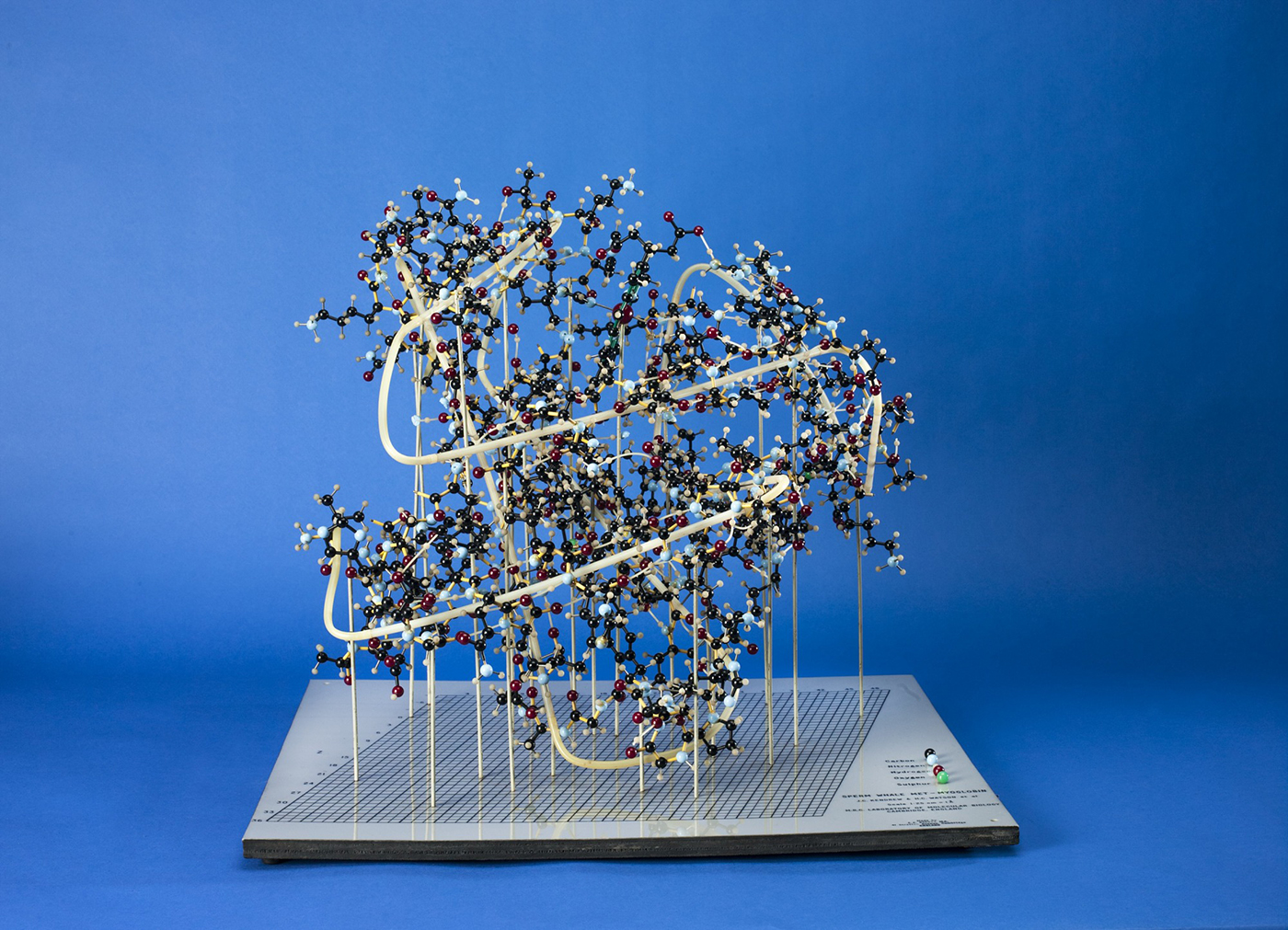Ruth Porter Groff, “Conceptualizing Causal Powers: Activity, Capacity, Essence, Necessitation,” Synthese 199, no. 3 (December 2021): 9881–96.
Jane Bennett, Vibrant Matter: A Political Ecology of Things (Duke University Press, 2009). Note that while Bennett defends a view of “thing-power,” in important ways her approach is more complex than the simplistic thing-view described here. See also keyword 9.
Stephan Guttinger, “Process and Practice: Understanding the Nature of Molecules,” HYLE: International Journal for Philosophy of Chemistry 27, no. 1 (2021): 47–66.
Phillip Ball, “Beyond the Bond,” Nature 469, no. 7328 (January 5, 2011): 26–28.
Evelyn Fox Keller, Refiguring Life: Metaphors of Twentieth-Century Biology (Columbia University Press, 1996).
Kathleen McAfee, “Neoliberalism on the Molecular Scale: Economic and Genetic Reductionism in Biotechnology Battles,” Geoforum 34, no. 2 (May 2003): 203–19.
We see similar narratives of precision and universality emerge in current discussions about genome editing and “molecular scissors,” such as CRISPR-Cas9. See Eben Kirksey, The Mutant Project: Inside the Global Race to Genetically Modify Humans (Bristol University Press, 2021).
David Baltimore, “Viral RNA-Dependent DNA Polymerase: RNA-Dependent DNA Polymerase in Virions of RNA Tumour Viruses,” Nature 226, no. 5252 (1970): 1209–1211; H. M. Temi and S. Mizutami, “RNA-Dependent DNA Polymerase in Virions of Rous Sarcoma Virus,” Nature 226 (1970): 1211–13.
R. Dürrwald and H. Ludwig, “Borna Disease Virus (BDV), A (Zoonotic?) Worldwide Pathogen: A Review of the History of the Disease and the Virus Infection with Comprehensive Bibliography,” Journal of Veterinary Medicine, Series B 44, no. 1–10 (1997): 147–84.
R. Rott and H. Becht, “Natural and Experimental Borna Disease in Animals,” in Borna Disease (Springer-Verlag, 1995), 17–30.
J. C. de la Torre et al., “Molecular Characterization of the Borna Disease Agent,” Virology 179, no. 2 (December 1990): 853–56.
K. M. Carbone, “Borna Disease Virus and Human Disease,” Clinical Microbiology Reviews 1, no.3 (2001): 513–27.
M. Horie and K. Tomonaga, “Paleovirology of Bornaviruses: What Can Be Learned from Molecular Fossils of Bornaviruses,” Virus Research, no. 262 (2019): 2–9.
J. Kawasaki et al., “100-My History of Bornavirus Infections Hidden in Vertebrate Genomes,” Proceedings of the National Academy of Sciences 118, no. 20 (2021).
C. Gilbert et al., “Endogenous Hepadnaviruses, Bornaviruses and Circoviruses in Snakes,” Proceedings of the Royal Society B: Biological Sciences 281, no. 1791 (2014); M. Horie et al., “Comprehensive Analysis of Endogenous Bornavirus-Like Elements in Eukaryote Genomes,” Philosophical Transactions of the Royal Society B: Biological Sciences 368, no. 1626 (2013).
P. Aiewsakun and A. Katzourakis, “Endogenous Viruses: Connecting Recent and Ancient Viral Evolution,” Virology, no. 479 (2015): 26–37.
T. Pradeu, “Mutualistic Viruses and the Heteronomy of Life,” Studies in History and Philosophy of Science Part C: Studies in History and Philosophy of Biological and Biomedical Sciences, no. 59 (2016): 80–88.
P. O. Méthot and S. Alizon, “What Is a Pathogen? Toward a Process View of Host-Parasite Interactions,” Virulence 5, no. 8 (2014): 775–85.
C. Brives, “Pluribiosis and the Never-Ending Microgeohistories,” in With Microbes, ed. C. Brives, M. Rest, and S. Sariola (Mattering Press, 2021).
On the issue of reification in science see also J. Dupré and S. Leonelli, “Process Epistemology in the COVID-19 Era: Rethinking the Research Process to Avoid Dangerous Forms of Reification,” European Journal for Philosophy of Science 12, no. 1 (2022): 1–22.
R. L. Stein, “Towards a Process Philosophy of Chemistry,” Hyle: International Journal for Philosophy of Chemistry 10, no. 4 (2004): 5–22.
Nicholas Rescher, Process Metaphysics: An Introduction to Process Philosophy (SUNY Press, 1996), 28.
Rescher, Process Metaphysics, 97.
J. Nicholson and John Dupré, Everything Flows: Towards a Processual Philosophy of Biology (Oxford University Press, 2018), 416.
Daniel J. Nicholson, “Reconceptualizing the Organism: From Complex Machine to Flowing Stream,” in Everything Flows, ed. D. J. Nicholson and J. Dupré (Oxford University Press 2018): 139–66.
John Dupré, Processes of Life: Essays in the Philosophy of Biology (Oxford University Press, 2012).
John Dupré and Stephan Guttinger, “Viruses as Living Processes,” Studies in History and Philosophy of Science Part C: Studies in History and Philosophy of Biological and Biomedical Sciences, no. 59 (2016): 109–16.
Bennett, Vibrant Matter, 3.
See S. Abrahamsson et al., “Living with Omega-3: New Materialism and Enduring Concerns,” Environment and Planning D: Society and Space 33, no. 1 (2015): 4–19.
Jane Bennett, “The Force of Things: Steps Toward an Ecology of Matter,” Political Theory 32, no. 3 (2004): 347–72.
Karen Barad, Meeting the Universe Halfway (Duke University Press, 2007).
Barad, Meeting the Universe Halfway, 139.
Guttinger, “Process and Practice.”
M. C. Bellissent-Funel et al., “Water Determines the Structure and Dynamics of Proteins,” Chemical Reviews 116, no. 13 (2016): 7673–97.
The same goes for organisms, which are often described as streams of energy and matter. See Nicholson, “Reconceptualizing the Organism,” 159.
R. J. Deltete, “Wilhelm Ostwald’s energetics 2: energetic theory and applications, part I,” Foundations of Chemistry 9, no. 3 (2007): 265–316.
